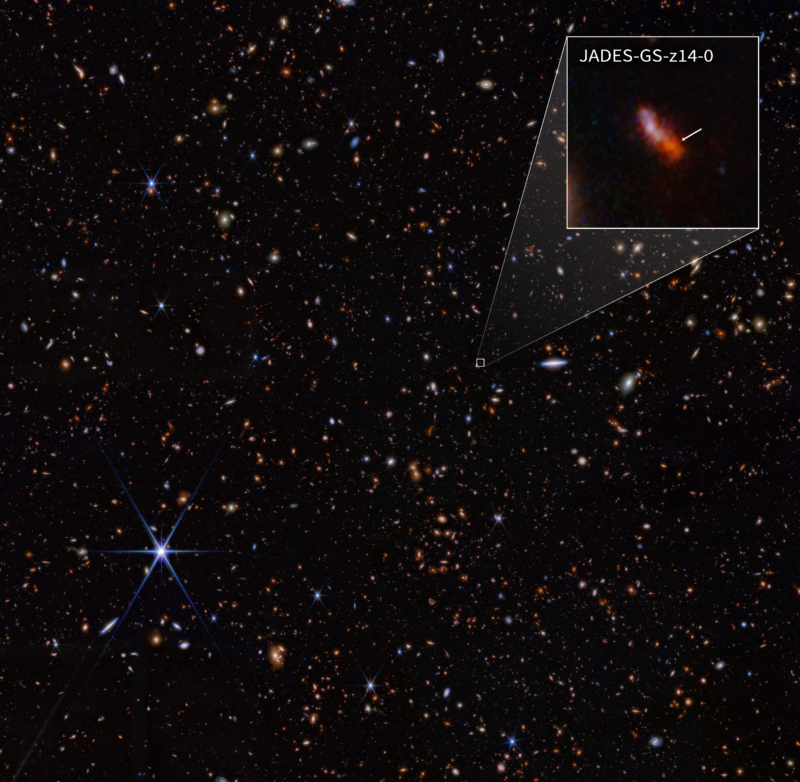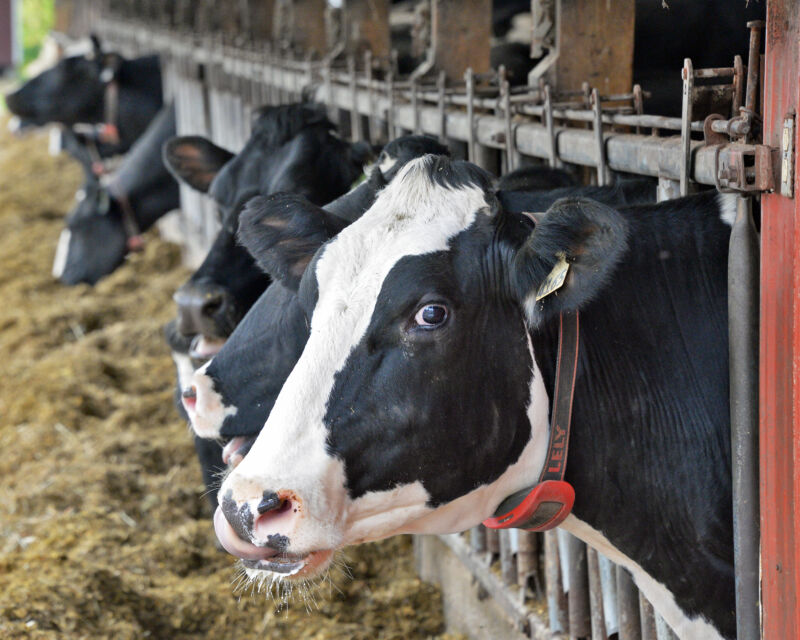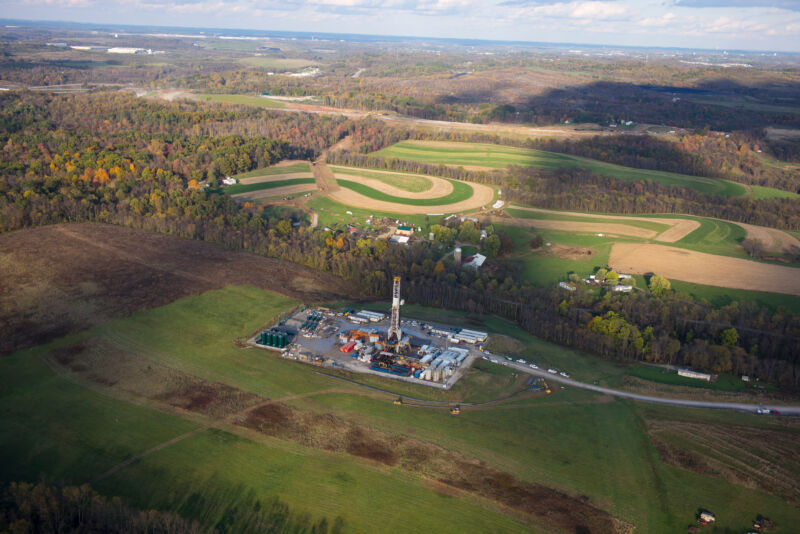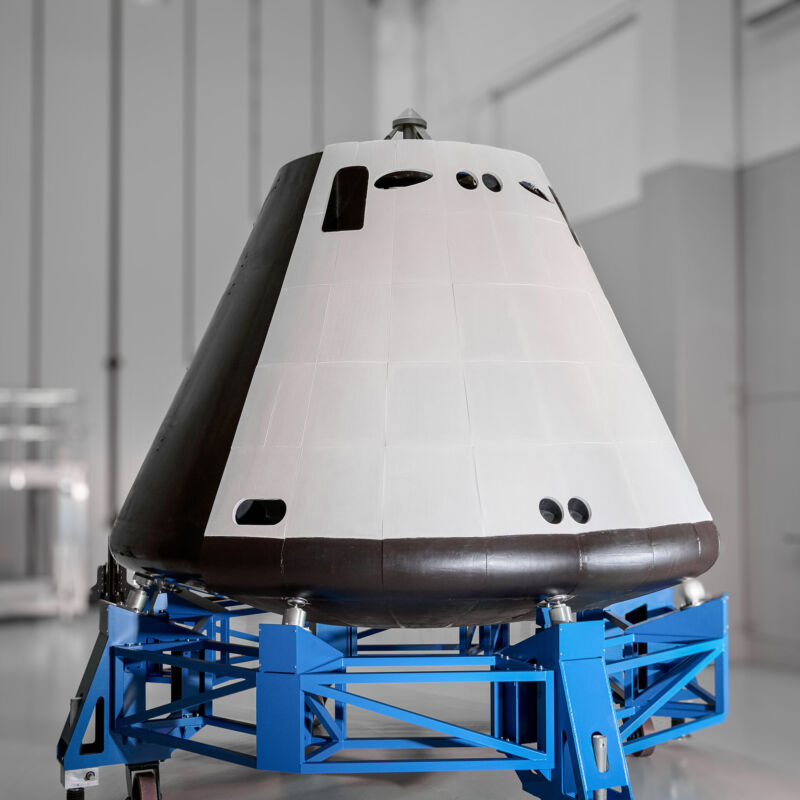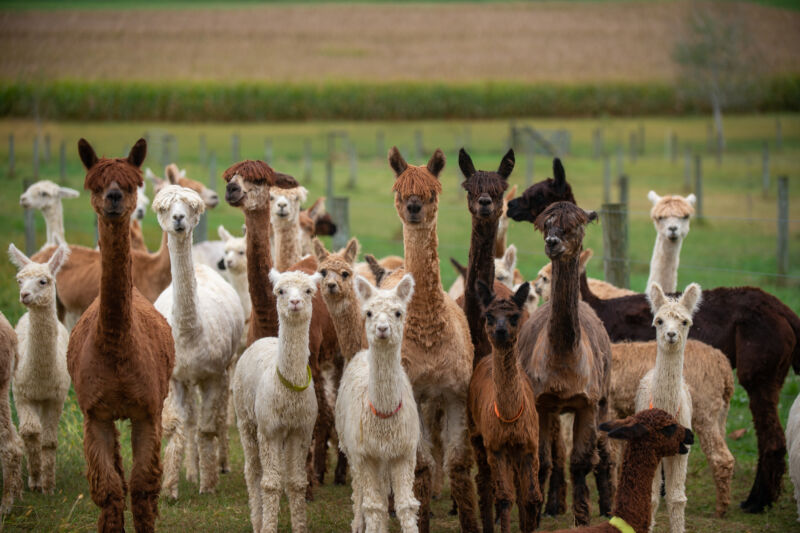An anonymous reader quotes a report from the New York Times: Last year, Jaume Pellicer led a team of fellow scientists into a forest on Grande Terre, an island east of Australia. They were in search of a fern called Tmesipteris oblanceolata. Standing just a few inches tall, it was not easy to find on the forest floor. "It doesn't catch the eye," said Dr. Pellicer, who works at the Botanical Institute of Barcelona in Spain. "You would probably step on it and not even realize it." The scientists eventually managed to spot the nondescript fern. When Dr. Pellicer and his colleagues studied it in the lab, they discovered it held an extraordinary secret. Tmesipteris oblanceolata has the largest known genome on Earth. As the researchers described in a study published on Friday, the fern's cells contain more than 50 times as much DNA as ours do. [The analysis revealed the species T. oblanceolata to have a record-breaking genome size of 160.45 Gbp, which is about 7% larger than that of P. japonica (148.89 Gbp). For comparison, the human genome contains about 3.1 Gbp distributed across 23 chromosomes and when stretched out like a ball of yarn, the length of DNA in each cell only measures about 2m.] "Surprisingly, having a larger genome is usually not an advantage," notes Phys.org in a report. "In the case of plants, species possessing large amounts of DNA are restricted to being slow growing perennials, are less efficient at photosynthesis (the process by which plants convert the sun's energy into sugars) and require more nutrients (especially nitrogen and phosphates) to grow and compete successfully with their smaller-genomed neighbors. In turn, such effects may influence the ability of a plant to adapt to climate change and their risk of extinction."
"In animals, some of the largest genomes include the marbled lungfish (Protopterus aethiopicus) at 129.90 Gbp and the Neuse River waterdog (Necturus lewisi) at 117.47 Gbp," reports Phys.org. "In stark contrast, six of the largest-known eukaryotic genomes are held by plants, including the European mistletoe (Viscum album) at 100.84 Gbp."


Read more of this story at Slashdot.


